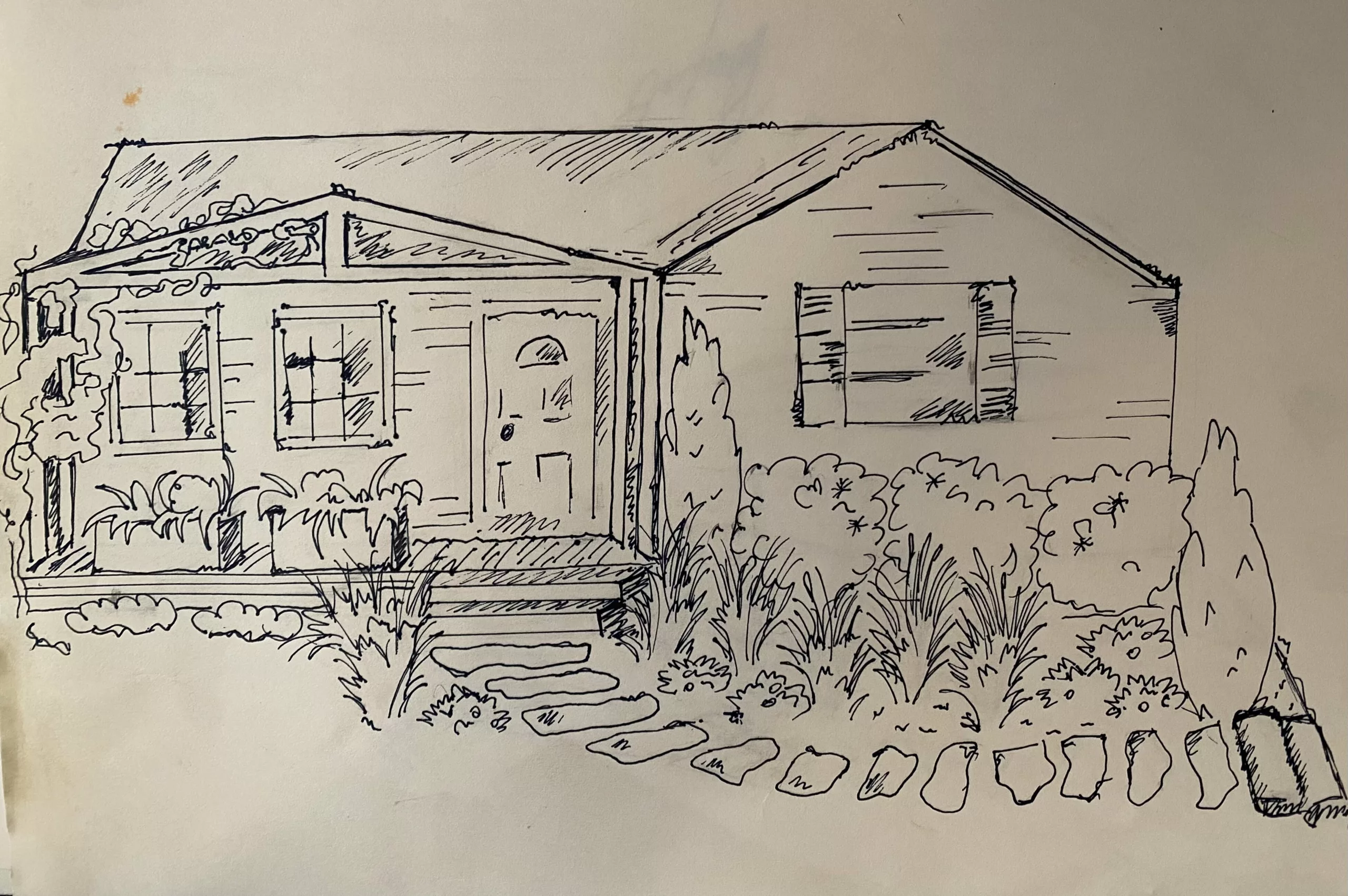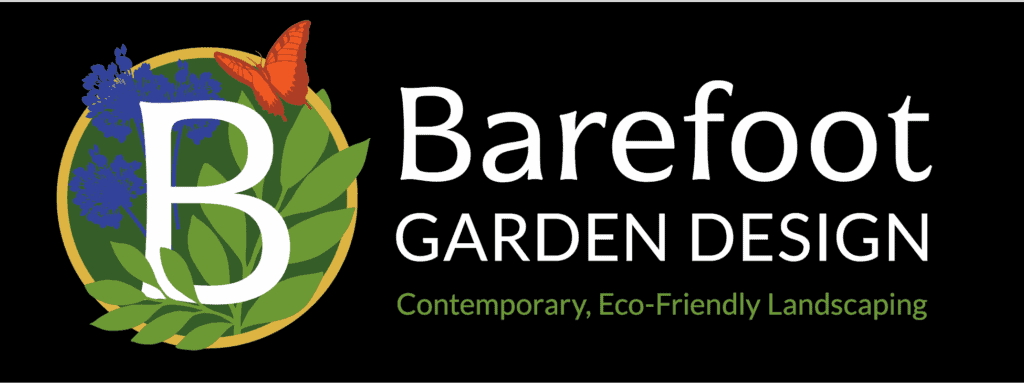As the popularity of green initiatives increases worldwide, gardeners are becoming more aware of their carbon footprint. Homeowners are realizing that their landscaping designs have a considerably big impact on the surrounding environment than before. We’re here to offer you some eco-friendly landscape design ideas that will help you, and the planet, live happier and healthier.
The Importance of Eco-Friendly Landscaping Ideas
Everything, from the plants in your garden to the planting methods and maintenance of your garden, impacts the surrounding environment.
When badly planned, landscaping presents numerous harmful risks to the environment. Invasive plants spread much quicker than alternatives, eating up the resources they rely on. Chemicals from fertilizers are inherently harmful to the environment as they contribute to nutrient pollution. These landscaping chemicals adversely affect water resources such as rivers and lakes.
Poorly done landscaping interferes with the natural cycle of the ecosystem, destroying the natural habitats of native wildlife. Not to mention, using pesticides in your gardens also contributes to wildlife destruction, as these chemicals can kill insects beneficial to the ecosystem.
Create Your Compost
Creating a compost area in your yard is a fantastic landscape design idea with numerous benefits. Sure, fertilizers can help keep your plants healthy and growing. But, your plant feed contains chemicals that can run off into local water resources.
Fertilizer runoff contributes to water pollution and devastates rivers and streams by causing the development of algal blooms, etc. Therefore, replacing plant fertilizers with homemade compost is an excellent idea.
Compost is rich in nutrients that encourage healthy growth in plants. Additionally, it minimizes harmful runoff, protecting local water resources. Adding compost to borders and raised garden beds will also increase soil water retention, reducing water wastage.
Choose a dry and shady area near a water resource to make a composting zone in your eco-friendly garden. Toss green and brown waste and wait until your compost gets dark in color before using it for your plants. You can get compostable bags for better compost management.
Preserve Existing Plants
Are you revamping your garden area? Many people mindlessly rip out the existing landscape when redesigning gardens. They often don’t realize the harmful effect of discarding old plants.
Firstly, doing so destroys the wildlife (insects and animals) that rely on the plants as they lose food and shelter. Furthermore, replacing entire landscape designs may contribute to air and noise pollution. It also requires resources, which may be costly with a few non-renewable ones.
So if you’ve moved into a house with an existing garden, it would be best to conduct a proper assessment first. Utilize and preserve existing plants as much as you can to build an eco-friendly landscape.
Use Pollinator-Friendly Plants
Eco-friendly landscaping design ideas extend to supporting natural ecological processes such as pollination. Pollination is an ecological service critical to the overall health of the planet.
Planting more pollinator-friendly plants is an excellent idea to create an environmentally-friendly yard. These plants will support visiting wildlife so that pollination continues without any sort of disturbance.
You can divide your garden into zones, dedicating a section to wildflowers. Wildflower plants bloom attractive and colorful flowers to attract animals and insects like bees, butterflies, and birds. Besides supporting pollination, these plants also provide habitat to various birds, insects, and microorganisms.
As such, pollinator-friendly parts are essential to creating a healthy ecosystem and eco-friendly environment.
Use Eco-Friendly Building Materials
Using reclaimed, recycled, and low-impact materials is an excellent idea when it comes to eco-friendly landscaping. When building garden beds or footpaths, look for materials that work for the environment without causing harm.
Besides being environmentally friendly, reusing and recycling building materials also have additional financial benefits. So, you don’t need to carve a hole in your wallet when designing a garden.
For example, you can section pieces of a log from fallen trees to create stepping stones in your garden. Such a stepping path is pocket-friendly, non-harmful for the environment, and looks whimsical.
A few sustainable landscaping material options include:
Fused Bamboo: Fused bamboo is a durable building material that does not require extensive maintenance. It is also safe for the environment all at once. Not to mention, fused bamboo looks beautiful.
Reclaimed/ Terra-Cotta/Adobe Bricks: You can use reclaimed bricks to edge your borders or create paths in your garden. On the other hand, adobe or terra-cotta bricks are made with eco-friendly processes.
Bottom Line
Incorporating eco-friendly landscape design ideas is crucial to creating a sustainable garden. The ideas mentioned above will help minimize your carbon footprint, increase your garden’s efficiency and support wildlife.







